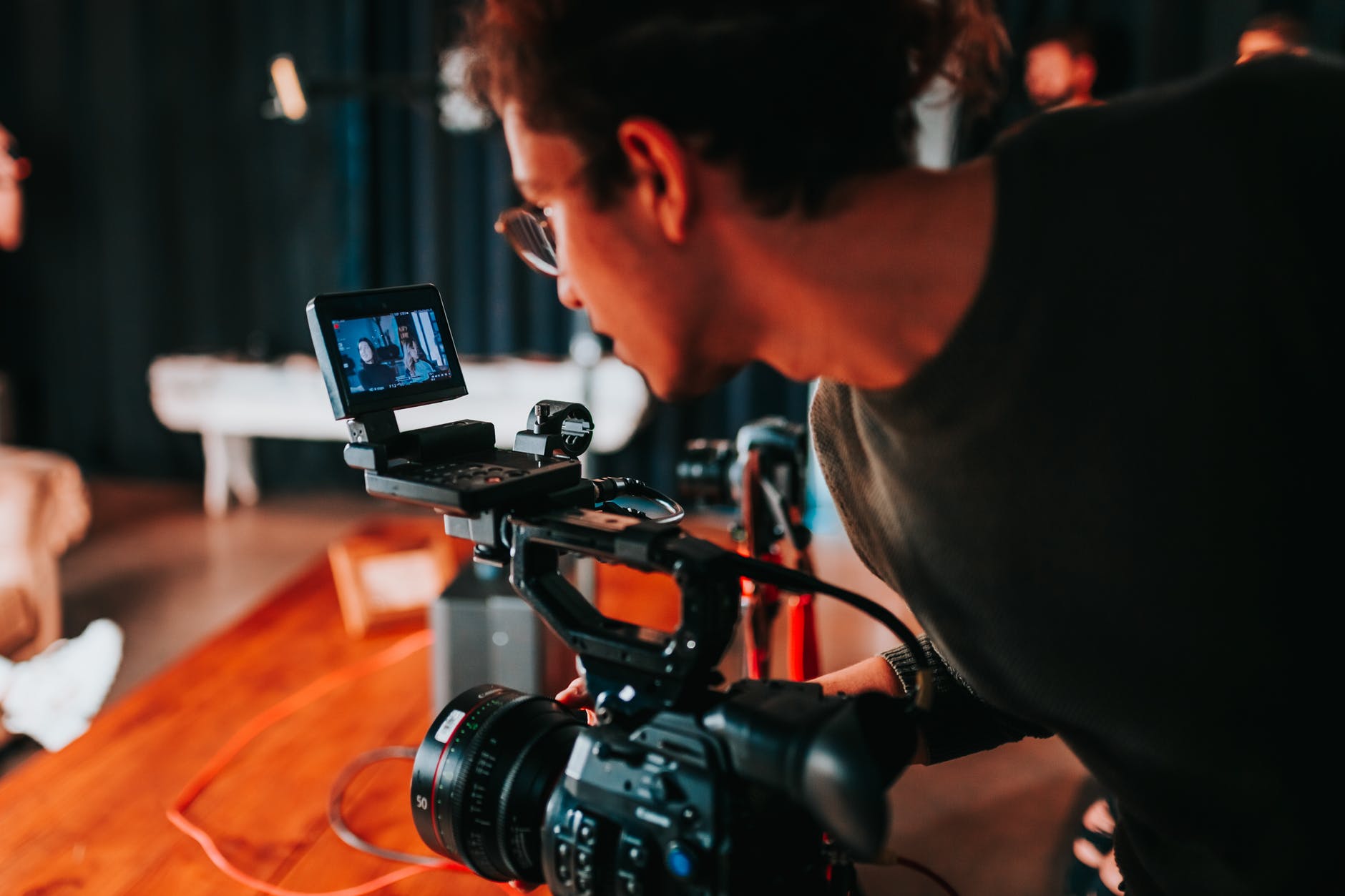The depiction of injustice isn’t something unique. From the start of the 20th century until today, many photographers have been concerned with making their footprints. Can we make a difference in the world or even make it better through photography?
It is interesting to learn the number of photographers who have attempted to use their photos to convince us to make changes. In these situations, photography is used to resolve issues, condemn certain circumstances, and trigger an emotional response.
The world is not a utopia, but the dream of it.
The phrase “documentary photography” refers to images that were created with the goal of reflecting on the world while retaining facts and seeking authenticity. In other words, documentary photography is a photo that substantiates or confirms an event and can be characterized by its capacity to connect reality with reality. However, this doesn’t mean that documentary photography is the only way to tell the complete truth, nor is it the only option for photography. In addition, the photographs must be widely distributed and require an audience that is confronted by the images.
Utopian documentary is one aspect of documentary photography. However, it goes much further. Photographs are not just used to show something or to convey reality, but they also depend on a photograph’s potential to persuade and its power of persuasion to change the quality of life in the world.
How does a picture affect us? One way is that the mechanical aspect that makes photographic equipment (the camera) can make the perceived reality more credible. However, it is also true that photography is regarded by many to be more precise than other art forms. Photographers focus on the real and create an image that, through similarity to the subject, is synonymous with authenticity. Additionally, there is a notion that to take a picture, the photographer must be a witness and be present.
The first documentary photographs
The first images made by a camera were taken about two centuries in the past. From the beginning, photography was a mix of being a documentary, which meant getting closer to the real world and presenting facts, as well as being artistic, conveying feelings, and creating scenes. Also, it was about beauty or truth.
The idea of documenting photography as a form of art, however, didn’t appear until the latter part of the 19th and early 20th centuries. The process began in New York with Jacob August Riis (1849, 1849 – 1914) and Lewis Hine (1874-1940). Both were social subjects that they photographed with the intention of highlighting inequalities and attempting to alter them. It is essential to recognize that in those days, the transition from a rural to an industrial society caused massive disparities.
Photograph by Jacob Riis for How the Other Half Lives: ‘Lodgers in Bayard Street Tenement, Five Cents a Spot.’ Wikimedia Commons
Around 1890, Jacob A. Riis, an immigrant of Danish origin who was aware of the limitations of writing to express facts, started photographing to illustrate the plight and conditions of urban migrants.
In the following year, in New York, he published How the Other Half Lives. It was extremely important and resulted in urban reforms in urban areas that were less popular, such as the construction of playgrounds or gardens.
In the early 20th century, Lewis Hine, the first sociologist to be “heard” with a camera, captured photographs of immigrants who arrived on Ellis Island, showing how they were able to adapt to a new lifestyle. However, his most significant pieces of work focused on child labor in textile factories and mines. Because of these photographs, the author was able to help promote his legislation, the Child Labor Protection Act.
The reforms planned were maintained throughout the 1930s as well in the US via the Farm Security Administration – – a set of reforms and subsidy programs approved in the Roosevelt administration with the intention of easing the pain caused by the economic crash of 1929. In this program, many photographers were enlisted to increase the awareness of citizens through pictures of the necessity for this kind of aid. Dorothea Lange, Walker Evans, and Margaret Bourke-White, as well as others, are worthy of mentioning.



